
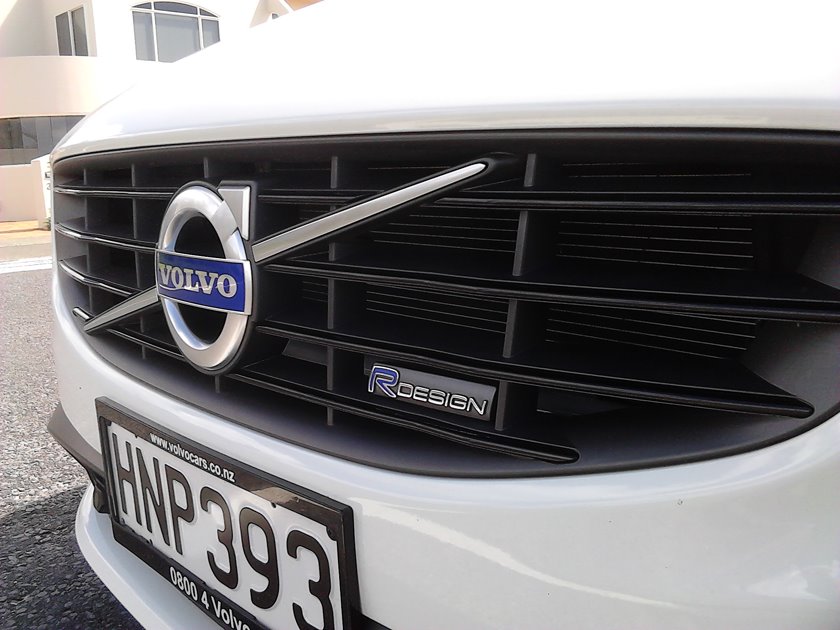
Subtle but sporting The Volvo S60 T6 AWD R Design Polestar doesn’t need to scream: it knows it has the punch
Jack Yan is publisher of Lucire.
Jack Yan has an enjoyable Auckland experience as he hops behind the wheel of a white Volvo S60 T6 AWD R Design Polestar, a sports saloon that he doesn’t want to give back
photographed by the author

I had made up my mind before I collected the Volvo S60 T6 R Design Polestar from the company’s New Zealand importer in Auckland. I would not be doing a review with reference to the Saint, a.k.a. Simon Templar, the literary creation of Singapore-born author Leslie Charteris. While Volvo has been the choice of the television and film Saints, played by Roger Moore and Val Kilmer in the 1960s and in 1997, I have a fear that no one under a certain age will know who I am talking about. I even have a colleague in his 30s who does not know who Roger Moore is. And Val Kilmer hasn’t been in any major roles for a long time.
Volvo is a brand that has depended more on the quality of its product more than celebrity endorsements, after all, and its sales in New Zealand have been rising steadily since the range went on more of a sporting bent to complement its record in safety. Now owned by Geely, which has no qualms about Volvo playing in different sectors (Ford always had an issue with Volvos being too small, potentially stealing sales from its core brand), the company is expanding nicely. The S60 is the mid-line saloon, originally débuting at the turn of the century, and visually the most sporting of the lot. When the Y20 model emerged, for the S60’s second generation in 2010, Volvo enhanced those looks even more, with a fastback silhouette and a flowing waistline that hints, but considerably less so than the V40 tested last year, at the P1800 sports car of the 1960s. Which brings us back to Roger Moore as Simon Templar, who drove that model.
Our test car is not a base, two-litre S60. It’s a T6, with a three-litre straight six, and after the Polestar fettling, that nets it 329 PS or 242 kW. There’s 480 Nm of torque. Four-wheel drive is standard. The adaptive display in the centre of the binnacle, switching between Elegance, Eco and Performance modes, is there, too, with sharp, high-resolution graphics. And with the R Design package, one with leather seats, paddle shifters, a subtle spoiler and twin exhausts, the car already means business before you press the start button.
It’s a very considerate car, knowing when you have the key in your pocket, and the doors unlocking and mirrors unfolding as you touch the handle. All of this points to one thing: this is the car for the modern-day Simon Templar, made for quick getaways from Inspector Claud Eustace Teal or to chase villains who prey on the innocent. To top it all off, Volvo supplied us with a white one, matching the P1800 in the TV series.
It is Volvo’s sportiest car in the line-up, and the driving experience mirrors that. The six is set up for excellent power delivery. You get the feeling when you put the right foot down that the car is capable of more than the 250 km/h that it’s limited to, and under aggressive driving, it remains composed. But there’s something about that composition: it still has a growl, leaving you in no doubt that you’ve chosen the flagship of the range. It’s not to say the car is unrefined—anything but—but there’s a slight hairiness about its character. It’s not Teutonic-polite—the BMW 3-series is the benchmark, and by comparison that comes across almost too calm—but it wouldn’t feel out of place in the hooniverse, assuming that members of that group can afford to pay NZ$84,990. You’re reminded that Volvo competes in touring car championships and there’s just enough of that flavour.
We like fast cars, strictly for safety reasons of getting you out of tight spots. In the trickier roads in south Auckland—I had to depart from the centre of the city and its straight, dull roads—the front struts and rear multi-link suspension gripped the road nicely.
I had a diplomatic passenger at one point, and the S60 acquitted itself more than suitably (it’s those leather seats and quiet ambiance when you don’t open it up). On the inside, the space is comparable to its German rival, and the sloping rear roof doesn’t rob headroom as much as you think. If it weren’t for the outward signs of alloys and spoiler—albeit very subtle ones—you might say the S60 T6 R Design is the ultimate Q-car. You don’t need to be chasing people to show the S60 at its best: it has a dual character. It’s again perfect for the haloed one, who might be ferrying the likes of Julie Christie, Shirley Eaton or Annette André, and none of those ladies want to be unsettled. A drive along Howick’s judder bars never disturbed the S60, and I was very impressed with the suspension’s handling–ride balance.
Some might argue, that’s not very Swedish (or even Belgian, given where the S60 is actually built). But it is, very much. Swedes have a proud history of motorsport, and the two sides of the S60 are like the model Caroline Winberg: depending on the angle, she might come across sweet, and at another, she’s sultry.
continued below

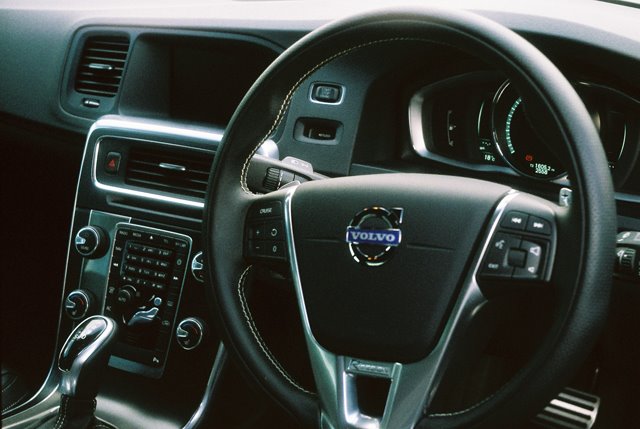
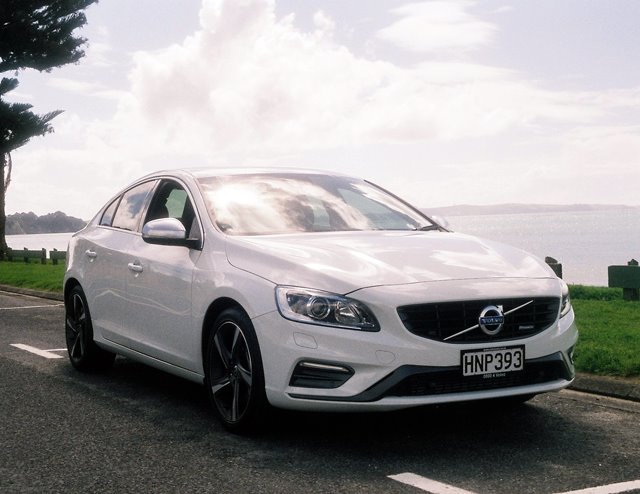
Above The S60 is particularly well appointed, giving you the best of sporting and luxury
It was a thirsty drive, with 27·6 mpg (10.23 l/100 km), which reminds me that you cannot set the Imperial measure without the sat-nav also measuring distances in miles. There were also the odd Bluetooth problems with my Android phone, though given Google’s record as much could be blamed on the operating system. (It connected without issue, but had some problems hanging up, although this also happened on a subsequent Lucire test car that suggests it wasn’t the Volvo’s fault.) Without stop–start, the claimed carbon dioxide figure is high, too, at 231 g/km, and on that note it isn’t what you might call Swedish. The S60 has optional pedestrian avoidance (untested by this magazine for insurance reasons) that can even stop the car at low speeds, adaptive cruise control and other active safety features, which more than make up for the environmental impact. The front park sensors were very handy, even when driving and parking in some tight spots, and the guidelines that appear in the reversing camera were the most accurate we had seen on test.
By coincidence, I wound up parked next to a BMW Dreier, a car which we’ve gone on record to say is a favourite of Lucire. And the differences between the two cars became very apparent. The BMW was wide and comfortable, the Volvo looked poised to lurch forward and bash its rival’s face in. There is only 3 mm between the widths of the cars, yet the Volvo looks far more compact externally.
They’re not natural rivals, as the majority of the 3er range is not hairy at all. Even our test of the 435i earlier this year revealed that BMWs will cosset you unless you go for the M range. Volvo, meanwhile, is prepared to let you have a taste of the beast with what is really a practical Swedish sports saloon. That’s the party trick: it isn’t meant to be an all-rounder like the Dreier, but it is meant to surprise you.
The modern Saint will welcome the gadgets and the comfort, the power and the handling. Volvo has found something special, a unique character that is anything but Teutonic-warm. That edginess suggests it’s not even for the Roger Moore Saint. It’s for the literary Simon Templar, prepared for that fist-fight, shunning convention, not afraid to give a middle finger to the establishment. And that’s what this car does: it shatters expectations of what the Germans can offer.
Like the Audi S3 we had on test seven years ago, this was another car I was reluctant to hand back, hoping to get a few more days out of it. Each time I hopped in, I checked for my halo. I raise my champagne glass and my eyebrow. •
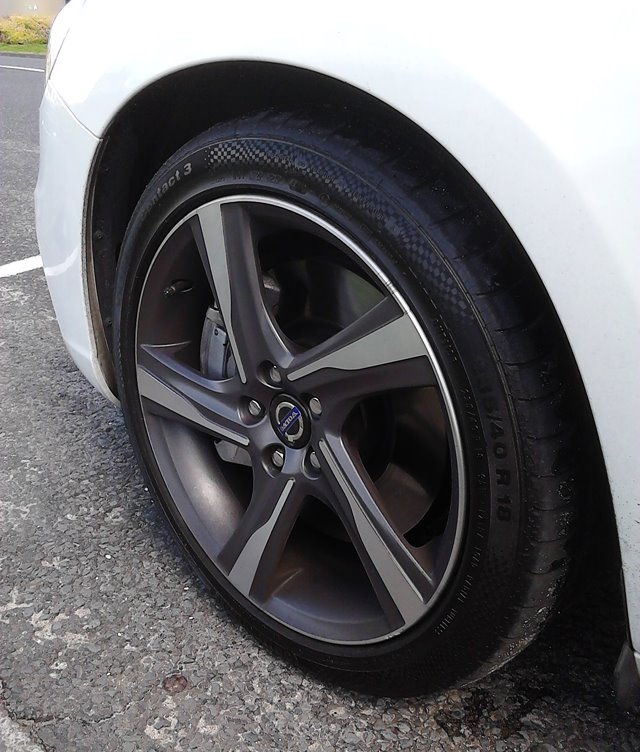

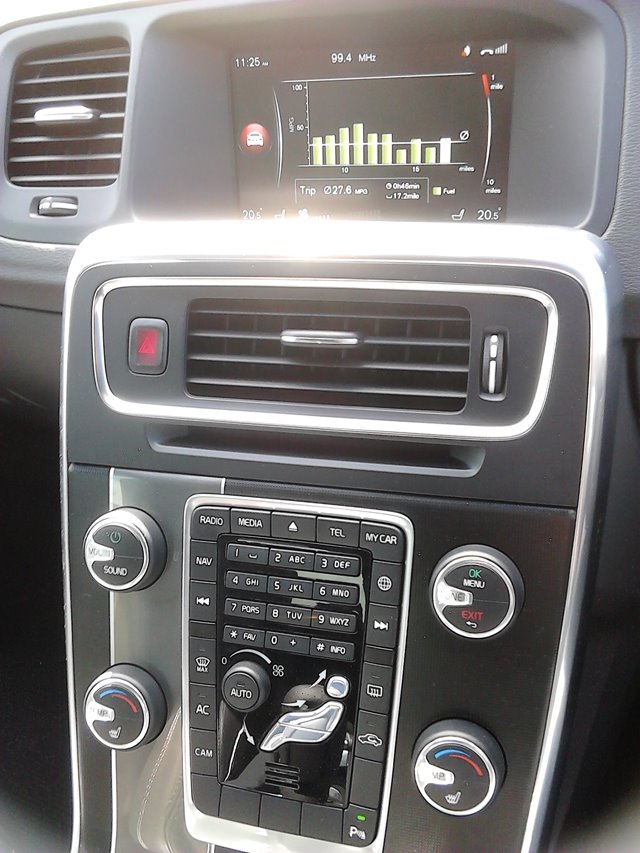
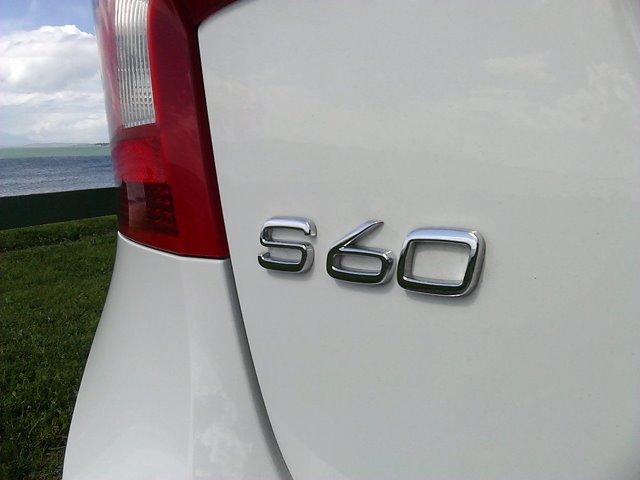
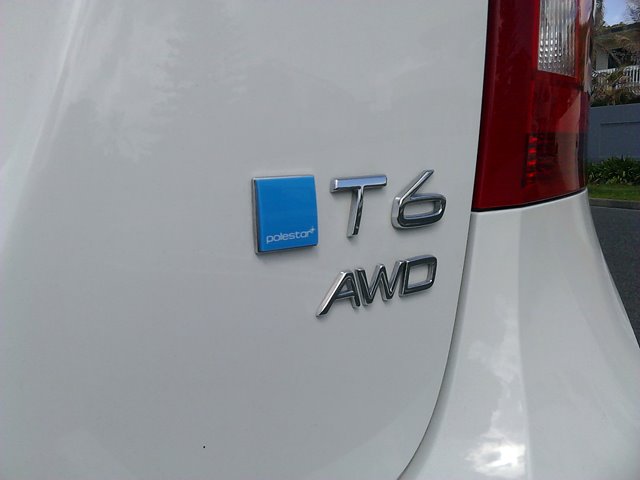
Above The smallest details delight, though it’s not quite a Q-car
Related articles hand-picked by our editors
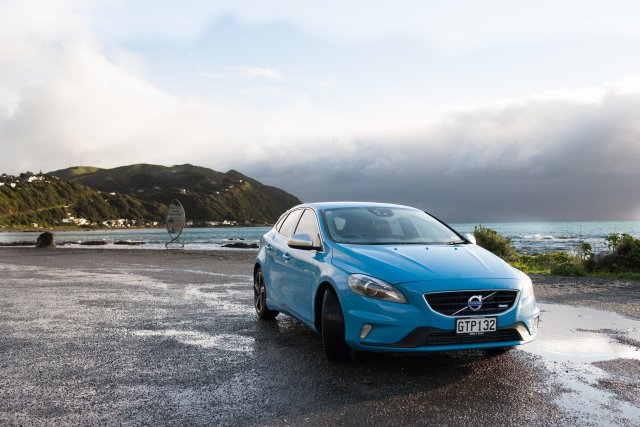
All senses engaged
Jack Yan tests the Volvo V40 T5 R Design, the Chinese-owned Swedish car maker’s latest effort, and finds it ably fulfils its sporting and design briefs
photographed by Matthew Beveridge
from issue 31 of Lucire
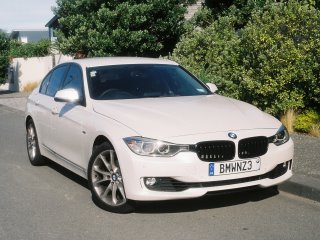 A cut above the rest
A cut above the rest
BMW’s 320i Edition 30 is one of three models commemorating the 30th anniversary of BMW New Zealand. Jack Yan drives the kitted-out Dreier
photographed by the author
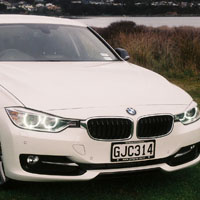 Sporting life
Sporting life
Jack Yan tests the BMW 320d Efficient Dynamics Sport Line, and finds that the Bavarians have managed to stay on top of the game, while making their latest model relevant to the 2010s
photographed by the author on a Voigtländer Bessamatic Deluxe
Advertisement
Copyright ©1997–2022 by JY&A Media, part of Jack Yan & Associates. All rights reserved. JY&A terms and conditions and privacy policy apply to viewing this site. All prices in US dollars except where indicated. Contact us here.